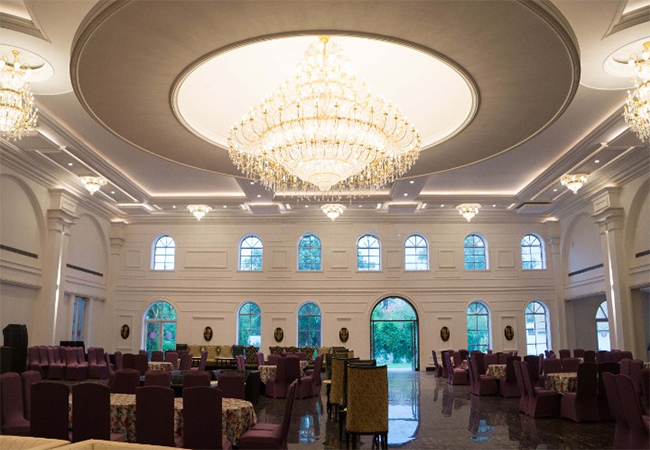
Architecture in 2025: Trends Driving the Next Design Revolution
Introduction
The world of architecture is evolving faster than ever. As 2025 unfolds, we find ourselves at the cusp of a design revolution—one driven by advanced technology, sustainability, and a renewed focus on human experience. Today’s architects are not only responding to environmental and societal challenges but also leveraging innovation to shape a smarter, more resilient built environment.
Here are the key trends defining architectural design in 2025:
1. Human-Centered, Adaptive Design
2025 marks a clear shift towards spaces that adapt to the users, rather than the other way around. Whether it’s homes, offices, or public infrastructure, designs now prioritize comfort, mental well-being, flexibility, and accessibility.
- Smart partitions and reconfigurable layouts
- Biophilic design elements like indoor greenery and natural light
- Touchless, intuitive interfaces for everyday use
2. Climate-Responsive Architecture
Sustainability is no longer optional—it’s foundational. Climate-responsive design considers local environmental conditions to reduce energy use and increase comfort.
- Passive cooling and solar shading techniques
- Green roofs, rainwater harvesting, and cross-ventilation
- Locally sourced and recycled construction materials
3. AI & Automation in Design Process
Artificial Intelligence is transforming how architects conceptualize and deliver projects. From site analysis to real-time modeling, AI tools are making design faster, more precise, and more responsive.
- Generative design tools like Autodesk Forma and Rhino Grasshopper
- BIM (Building Information Modeling) enhanced with predictive analytics
- AI-assisted urban planning and zoning evaluations
4. Smart Materials & Sustainable Construction
Innovative materials are enabling lighter, stronger, and more sustainable buildings.
- Self-healing concrete and phase-changing insulation
- 3D-printed construction using zero-waste technology
- Transparent solar panels and breathable facades
5. Mixed-Use, High-Density Urban Solutions
With urban land becoming scarce, 2025 sees a boom in vertical and hybrid-use structures that maximize function and social engagement.
- Vertical gardens and public skywalks
- Multi-layered buildings with retail, office, and residential in one
- Transit-integrated architecture to reduce dependency on cars
6. Virtual & Augmented Reality in Client Engagement
Virtual Reality (VR) and Augmented Reality (AR) are transforming client presentations and stakeholder collaborations.
- Immersive walk-throughs during the conceptual stage
- Real-time visualization of material finishes and lighting
- On-site AR overlays for construction accuracy
Conclusion
Architecture in 2025 is no longer just about shelter or style—it’s about solutions. The merging of technology, sustainability, and human values is driving a new era in design thinking. As we build smarter and more responsibly, the focus is not just on structures—but on creating environments that nurture life, foster innovation, and stand resilient in the face of change.





📍 + 1.796228 BTC.NEXT - https://graph.org/Payout-from-Blockchaincom-06-26?hs=d4de016f24f6dbe6758c59f06cd05152& 📍
July 19, 2025 9:51 ambve5h7